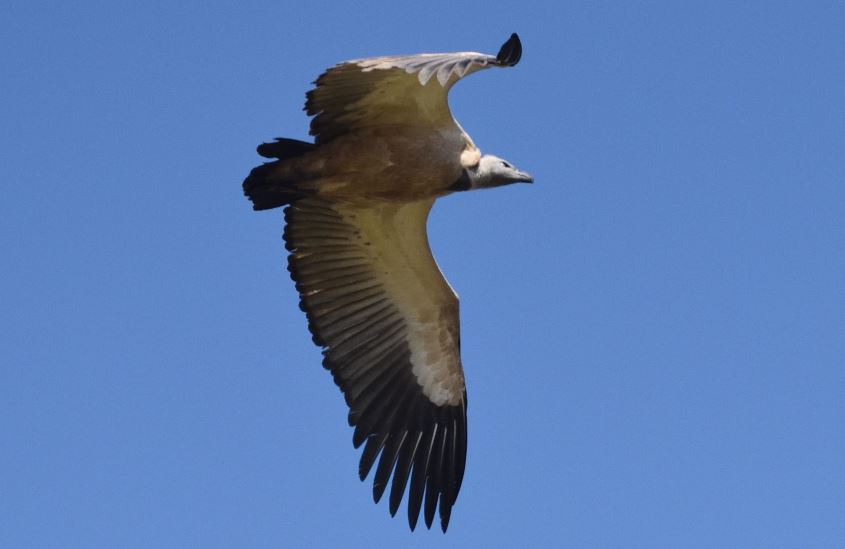Cactus wren birding Mexico: Excellent, Awesome and Epic
Cactus wren birding Mexico – Content creator: Petrus A. van Tonder
Birdwatching for the Cactus Wren (Campylorhynchus brunneicapillus) in Mexico is an exciting experience for bird enthusiasts. This distinctive bird, known for its striking appearance and unique behaviors, is native to the deserts of the southwestern United States and Mexico. Here’s a guide to birding for the Cactus Wren in Mexico:
Overview of the Cactus Wren
- Scientific Name: Campylorhynchus brunneicapillus
- Appearance: The Cactus Wren is a large wren, about 18-20 cm (7-8 inches) long, with a distinctive white eyebrow stripe, brown and white speckled plumage, and a long tail with white tips. It has a curved bill and strong legs, well-suited for foraging on the ground and in cacti.
- Habitat: The Cactus Wren is typically found in arid and semi-arid environments, especially in areas with abundant cacti such as cholla and saguaro.
Cactus wren Birding Locations in Mexico
- Sonoran Desert:
- Regions: Northern Mexico, particularly in the states of Sonora and Baja California.
- Features: This region is characterized by its diverse desert flora, including saguaro and cholla cacti, which provide ideal nesting sites for the Cactus Wren.
- Chihuahuan Desert:
- Regions: Central and northern Mexico, including the states of Chihuahua, Coahuila, and Nuevo León.
- Features: The Chihuahuan Desert offers a variety of desert plants and open scrubland, suitable for the Cactus Wren.
- Baja California Peninsula:
- Regions: Both Baja California Norte and Baja California Sur.
- Features: The peninsula’s unique desert environment and coastal scrublands provide excellent habitats for the Cactus Wren.
Cactus wren birding Tips
- Early Morning Excursions:
- The Cactus Wren is most active during the early morning when temperatures are cooler. Plan your birding trips for dawn or early morning to increase your chances of spotting them.
- Listen for Their Calls:
- The Cactus Wren has a distinctive, harsh, and raspy call that can help you locate them. Familiarize yourself with their vocalizations before heading out.
- Look in Cacti and Thorny Shrubs:
- These birds often build their nests in cholla or saguaro cacti. Look for their football-shaped nests, which can be a good indicator of their presence.
- Use Binoculars and a Field Guide:
- Bring a good pair of binoculars and a field guide to help identify the Cactus Wren and other desert bird species you might encounter.
- Stay Hydrated and Protected:
- Desert environments can be harsh. Carry plenty of water, wear a hat, sunscreen, and sturdy shoes to protect yourself from the elements.
Additional Bird Species to Look For
While searching for the Cactus Wren, you might also encounter other fascinating desert bird species, such as:
- Gila Woodpecker
- Verdin
- Phainopepla
- Gambel’s Quail
- Curve-billed Thrasher
Cactus wren birding Recommended Sites
- El Pinacate y Gran Desierto de Altar Biosphere Reserve:
- Location: Sonora
- Description: This UNESCO World Heritage site offers stunning desert landscapes and a variety of bird species, including the Cactus Wren.
- Valle de los Cirios:
- Location: Baja California
- Description: Known for its unique desert flora, including massive cardón cacti, this area is excellent for spotting Cactus Wrens and other desert birds.
- Chihuahuan Desert Nature Park:
- Location: Near Ciudad Juárez, Chihuahua
- Description: This park provides a great opportunity to explore the diverse habitats of the Chihuahuan Desert and observe its avian residents.
Conservation Status
The Cactus Wren is not currently considered endangered, but its habitat is threatened by urban development and land use changes. Efforts to conserve desert habitats are crucial for maintaining healthy populations of this and other desert species.
Conclusion
Birding for the Cactus Wren in Mexico offers a unique opportunity to explore the country’s stunning desert landscapes and observe a variety of fascinating bird species. By visiting the right locations, using effective birding techniques, and being mindful of the environment, you can have a rewarding and memorable birdwatching experience.
Birding Los Cabos Mexico
The cactus wren (Campylorhynchus brunneicapillus) is a species of wren endemic to the deserts of the southwestern United States and northern and central Mexico. Birding Los Cabos Mexico.

The Name of cactus wren in Spanish is:
Matraca del Desierto, because it dwells in the desert and Matraca is a toy to make noise in the soccer football games and the call & sound of the cactus wren is similar.
(matraca toy = A ratchet, rattle or noisemaker)
Cactus wren = matraca del desierto
Its common name derives from their frequenting desert cactus plants such as the cardón ( Pachycereus pringlei), building nests, roosting, and seeking protection from predators among them. Its bulky and globular nests are constructed of plant material and lined with feathers. They do not migrate; instead, they establish and defend the territories around their nests where they live all year-round.

Are you planning a big year?
Do you want to tick Mexican birds, as well as the cactus wren, off your Lifers List? Then look no further.
The owner, Maria Elena Muriel, is a professional birder. She shares not only the birds but also the ecology and culture during her tours. From arranging ground transportation and accommodations to describing the specific vocalizations of endemic birds, one can count on learning about local culture, marine life, geology, and more.
Birding Los Cabos México have you covered. They know where the endemic birds of Mexico are located. They offer birding tours as well as other services like stargazing. Just have a look at:

Do you also operate a birding tour? We can promote you as well in our magazine and website. Just have a look at this link:
Please leave a comment if you like Cactus wren birding Mexico.


